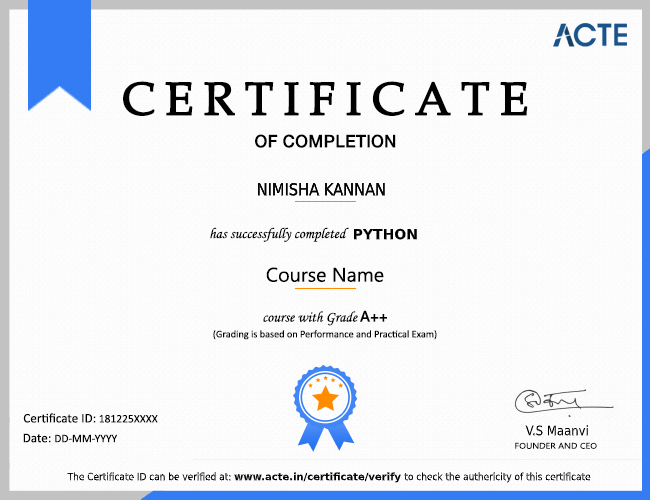Overview Of Cyber Threat Intelligence
Cyber Threat Intelligence (CTI) is an essential component of contemporary cybersecurity, focusing on gathering, analyzing, and sharing information about potential and current cyber threats. It provides organizations with critical insights needed to predict and counteract cyber threats effectively. CTI involves using various tools and techniques to identify threat actors, understand their tactics, methods, and procedures (TTPs), and evaluate the potential impact on an organization’s assets. This discipline integrates data from multiple sources, including threat feeds, vulnerability databases, and incident reports, to generate actionable intelligence. It employs frameworks like STIX (Structured Threat Information Expression) and TAXII (Trusted Automated Exchange of Indicator Information) for standardized data sharing.
Additional Info
Cyber Threat Intelligence's Future Scope
- Industry Demand: As cyber threats grow more sophisticated, sectors like finance, healthcare, government, and technology rely on Cyber Threat Intelligence (CTI) to protect vital assets.
- Enhanced Security Measures: Adopting CTI helps organizations predict and counter cyber threats. Threat intelligence enhances security, reduces vulnerabilities, and strengthens defenses.
- Career Pathways: Expertise in CTI leads to various roles, including Threat Intelligence Analyst, Cybersecurity Consultant, Incident Responder, SOC Analyst, and Threat Hunter.
- Integration with AI and Machine Learning: Integrating CTI with AI and machine learning enhances threat detection and response, helping businesses automate threat analysis and improve prediction accuracy.
- Increasing Regulatory Demands: Regulatory standards for data protection are pushing organizations to invest in CTI solutions, as GDPR and CCPA compliance requires advanced threat intelligence.
- Strategic Insights: CTI provides insights for strategic decision-making, helping organizations understand threats and make informed choices about risk management and security investments.
- Collaborative Efforts: The future of CTI includes greater collaboration and information sharing among organizations, government entities, and industry groups.
The functions and responsibilities of cyber threat intelligence
- Threat Analysis: Perform detailed evaluations of potential threats, such as malware and phishing schemes, to determine their possible impact on organizational security.
- Intelligence Collection: Gather and analyze threat data from multiple sources, including threat feeds and open-source intelligence (OSINT), to stay current with emerging threats and attack methods.
- Incident Management: Support the response to and mitigation of cybersecurity incidents by providing critical intelligence and recommendations on threat actors, attack strategies, and remediation measures.
- Reporting: Produce comprehensive reports and actionable insights on identified threats, detailing threat actor tactics, techniques, and procedures (TTPs) to guide strategic security decisions.
- Collaboration: Collaborate with cybersecurity teams, including incident response and security operations, to integrate threat intelligence into security strategies and enhance defenses.
- Tool Management: Utilize and oversee various threat intelligence tools and platforms (e.g., Maltego, ThreatConnect) to efficiently collect, analyze, and share threat information.
- Ongoing Improvement: Keep abreast of the latest threat trends and best practices to continuously refine threat intelligence processes, improve detection capabilities, and adapt to evolving cybersecurity challenges.
Cyber Threat Intelligence Tools That Are Frequently Utilized
- Industry Demand: Tools like Maltego and IBM X-Force Exchange are valued in finance, healthcare, and technology for their data analysis capabilities, essential for countering cyber threats.
- Career Opportunities: Expertise in ThreatConnect and Recorded Future can lead to roles like Threat Intelligence Analyst and Cybersecurity Analyst, as these tools are essential for threat analysis.
- Enhanced Security Posture: Using VirusTotal and AlienVault, organizations can conduct malware analysis and threat detection, enhancing security defenses and enabling proactive threat mitigation.
- Real-time Threat Analysis: Splunk and the Elastic (ELK) Stack offer real-time data analysis and visualization, essential for monitoring security events and swiftly identifying potential threats.
- Collaborative Threat Intelligence: Platforms like MISP and Open Threat Exchange (OTX) enable collaborative threat intelligence sharing, enhancing defense and improving threat detection and response.
- Automated Threat Response: Tools like Cortex XSOAR and TheHive offer automated incident response and threat management solutions, streamlining security incident handling and reducing response times.
- Comprehensive Threat Information: MITRE ATT&CK and TAXII offer frameworks and protocols for threat intelligence, aiding organizations in understanding attacker techniques and enhancing threat detection and response.
Advantages Of Training In Cyber Threat Intelligence
- Enhanced Security Measures: This training enables professionals to proactively detect and address potential threats, strengthening an organization's security defenses and reducing breach risks.
- High Industry Demand: With the growing need to combat sophisticated cyber threats, there is a strong demand for cybersecurity experts skilled in threat intelligence across various sectors.
- Career Growth: Proficiency in Cyber Threat Intelligence leads to roles like Threat Intelligence Analyst and Security Consultant, offering significant career advancement.
- Effective Incident Management: Training enhances the ability to analyze and manage cyber incidents effectively, enabling organizations to respond quickly and recover from security breaches.
- Informed Strategic Decisions: Professionals gain insights that contribute to informed strategic decision-making, allowing organizations to anticipate and prepare for potential threats before they escalate.
- Practical Experience: The program includes hands-on learning with real-world tools and techniques, providing practical experience in threat analysis and response.
- Up-to-date Knowledge: Training ensures professionals stay current with the latest cyber threat trends and methodologies, equipping them to address emerging threats effectively.
Show More































